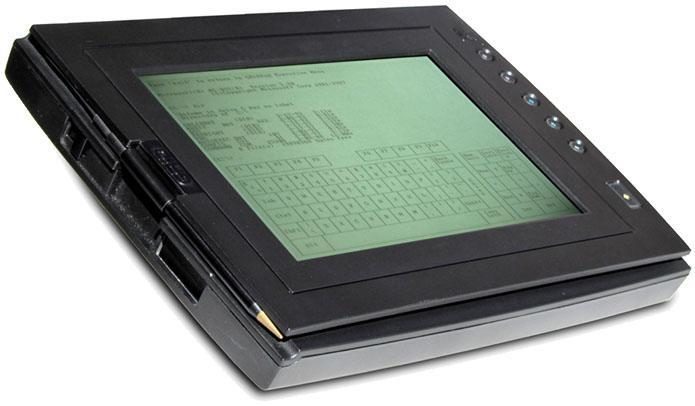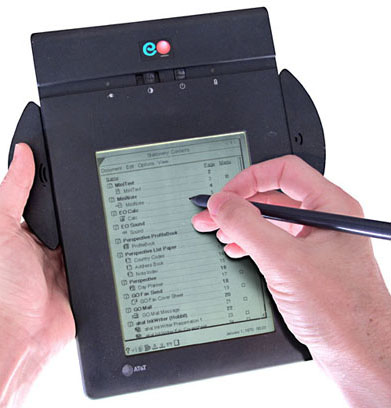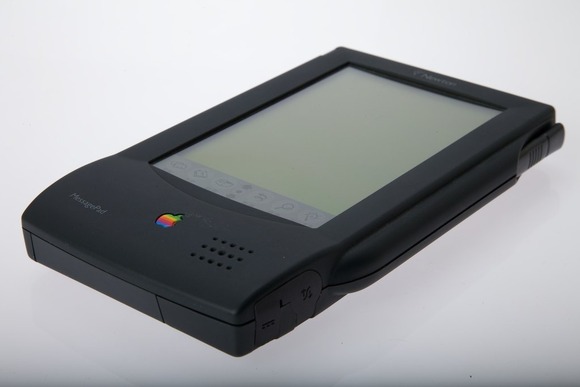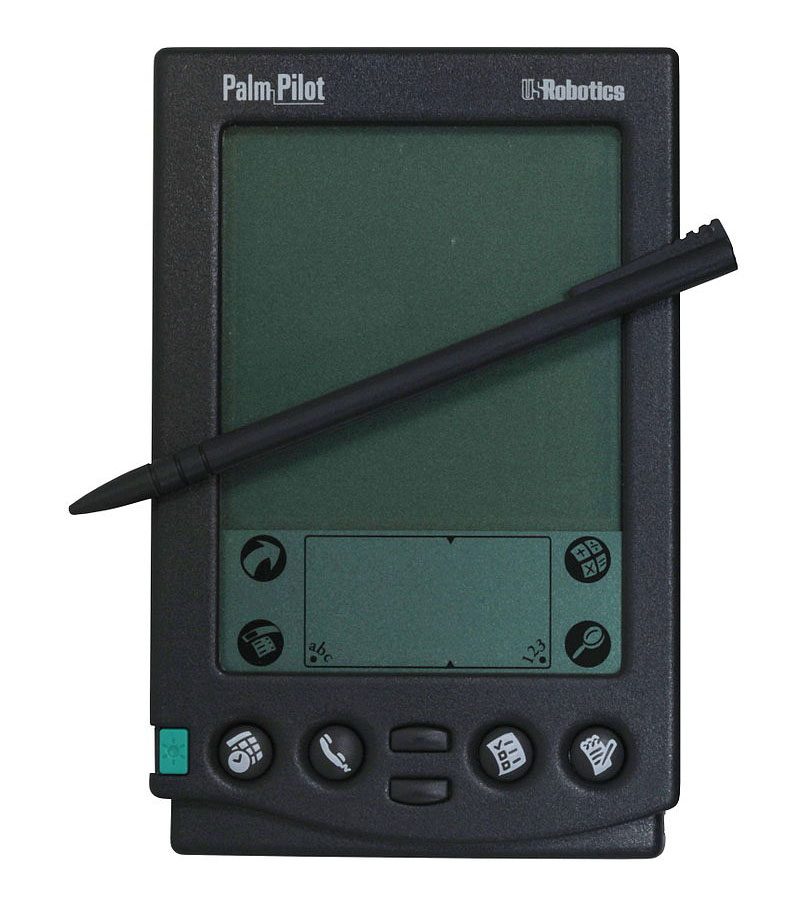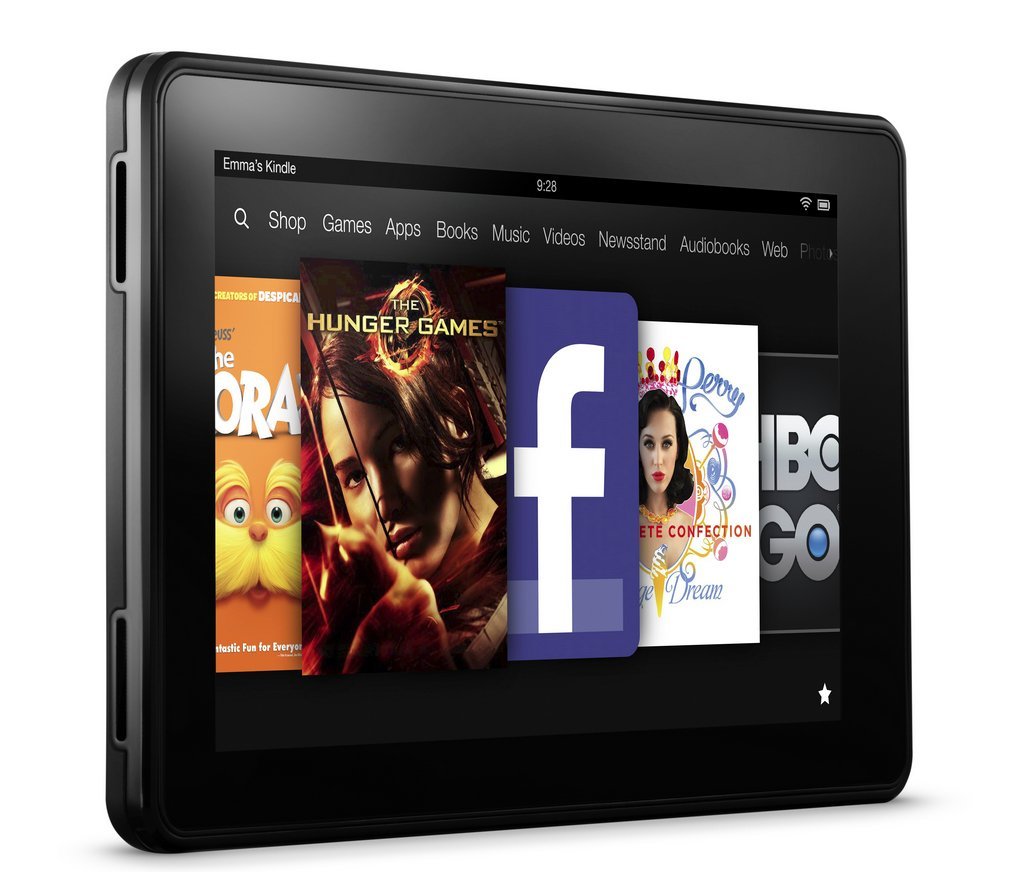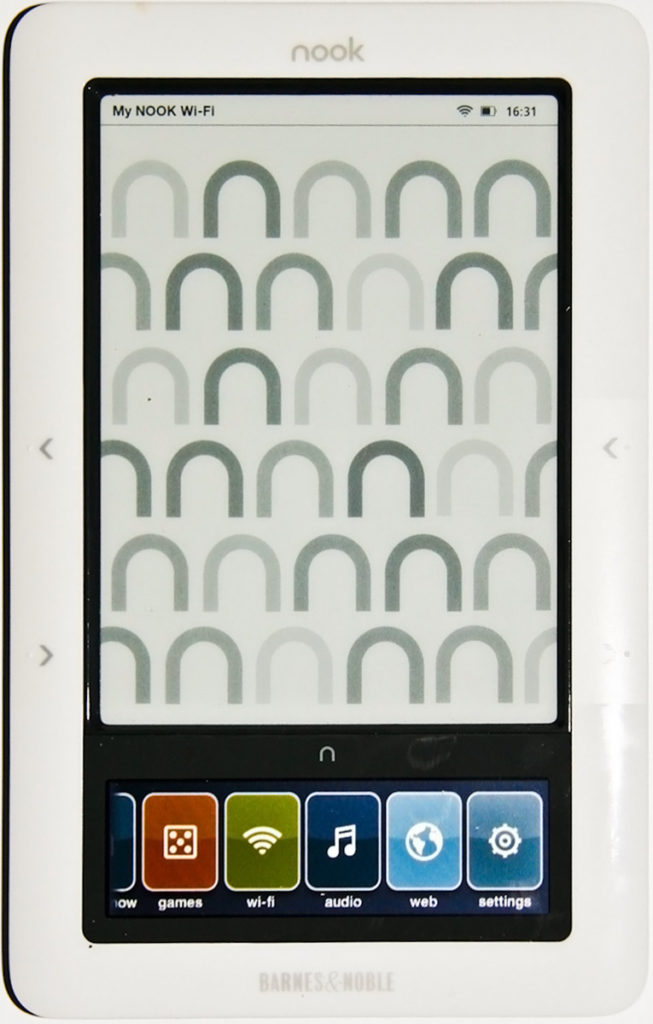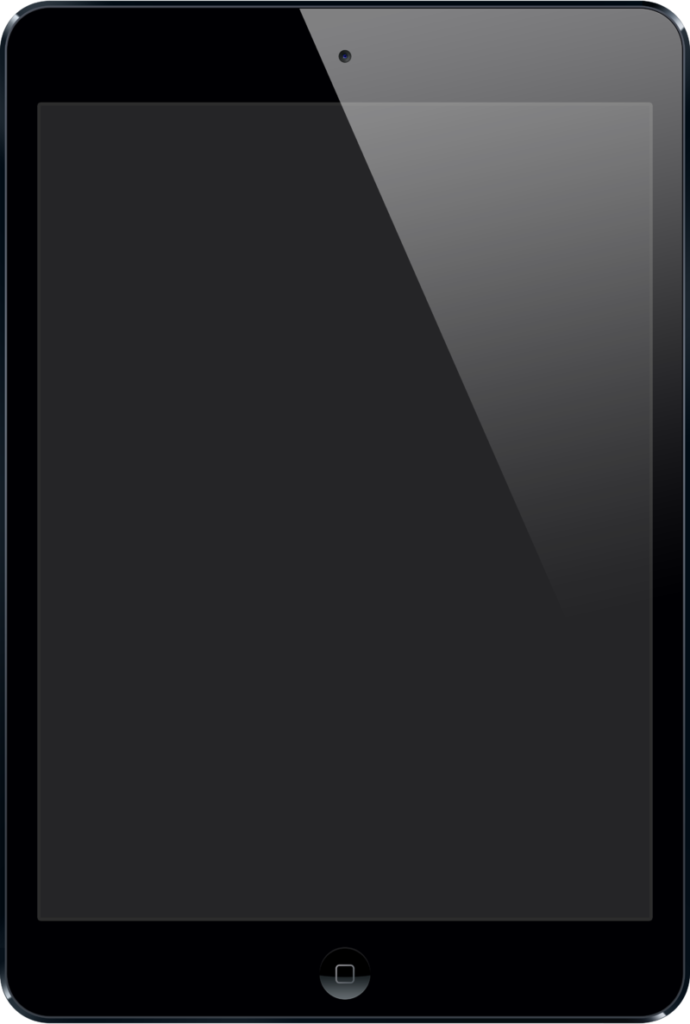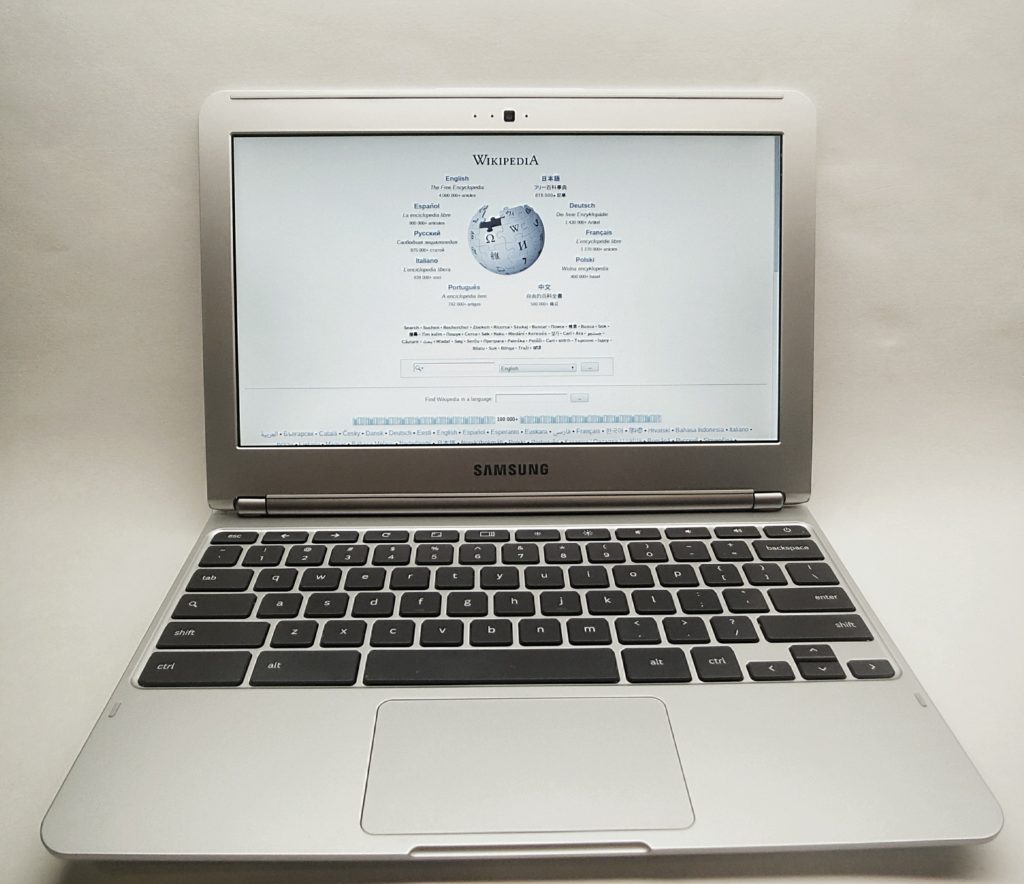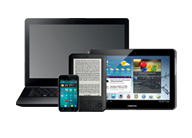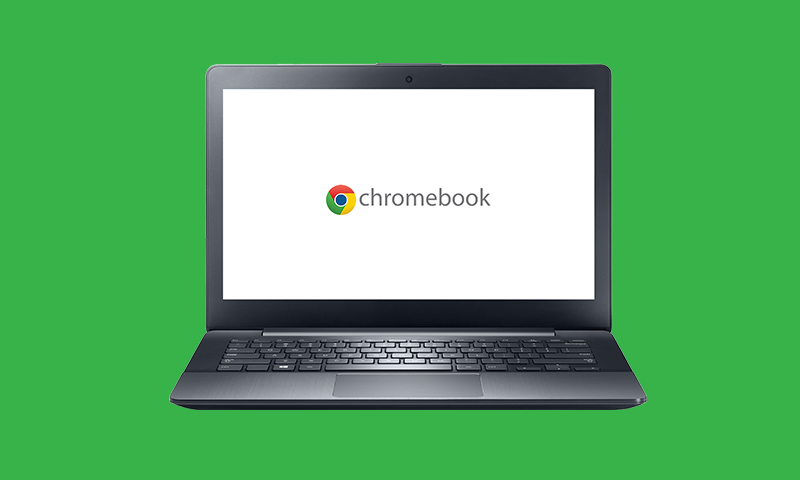The Evolution of the Computer Tablet
With 259 million tablets shipped worldwide from 2011-2018, it is hard to believe that before then, the tablet didn’t exist. Or, did it.
Despite everyone thinking that the iPad was the start of the tablet revolution, there was actually “tablet talk” long before this time. In fact, it could be said as long ago as 50 years ago!
Specialising in the Education field, the “KiddiComp concept”, envisioned by American computer scientist Alan Kay, is in line with our philosophies at LocknCharge.
Developed in 1968, whilst still a PhD student, the Dynabook was designed to be a “personal computer for children of all ages”, and had the potential to become a portable device for educational settings that would offer the same function as a laptop or computer. The idea was the Dynabook would be extremely light, with the best battery life you could get. Although adults could use the Dynabook, the target audience was children.
However sadly, the Dynabook never made it to production. For 50 years ago, the technology was far too ahead of its time, and it never caught on. But Kay did not give up. And the first prototype of the product was build 20 years after the initial idea was born.
The list below shows some examples of instrumental developments in the history of tablet computer innovation over the decades.
The Apple Graphics tablet:
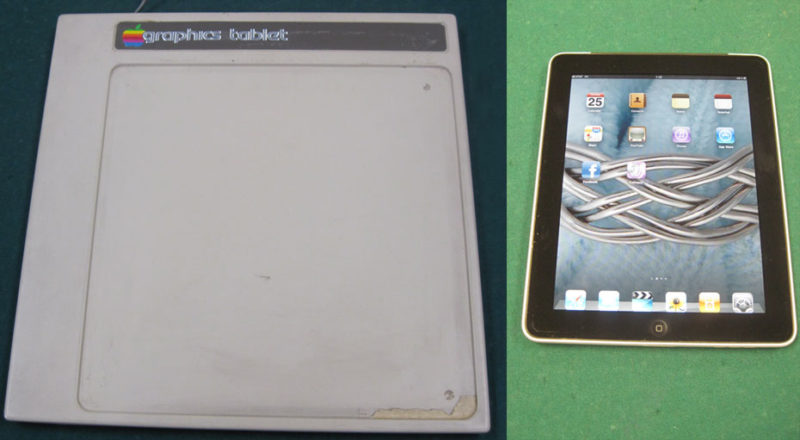
Interestingly, some features of the original 1979 version of the Apple graphics tablet were seen in the Apple iPad (2010 version): https://www.computerworld.com/article/2519943/apple-mac/face-off–1979-apple-graphics-tablet-vs–2010-apple-ipad.html
GRiDPad:
A pen computing tablet built by GRiD Systems Corporation in 1989.
AT& T EO 440:
A portable, hand-held pen-only PDA (Personal Digital Assistant) computer system with handwriting-recognition technology which took around 6 years to develop and launch.
The Apple Newton MessagePad:
MessagePad was the first series of personal digital assistant devices developed by Apple Computer for the Newton platform in 1993.
PalmPilot:
The early PalmPilot was made popular because of their portability and Graffiti handwriting recognition. Using a PalmPilot, the user could keep notes, manage contacts, play games, and view and manage other documents.
Apple iPad (2010):
The first-generation iPad is a tablet computer designed and marketed by Apple Inc. as the first in the iPad line. During the first 80 days, three million iPads were sold. By the launch of the iPad 2, Apple sold more than 15 million iPads.
Amazon Kindle Fire:
The Fire Tablet, formerly called the Kindle Fire, is a tablet computer developed by Amazon.com. Built with Quanta Computer, the Kindle Fire was first released in November 2011, featuring a colour 7-inch multi-touch display.
Barnes and Noble NOOK tablet:
The NOOK Tablet is produced by Barnes & Noble intended to compete with both e-book readers and tablet computers. About 5 million units were sold by mid-October 2012, making the Nook Tablet the third bestselling tablet after Apple’s iPad and Amazon’s Kindle Fire in 2012.
iPad Mini:
The iPad Mini family is a line of smaller sized tablets designed, developed, and marketed by Apple Inc. It is based on the iPad line of tablets, with a reduced screen size of 7.9 inches, in contrast to the standard 9.7 inches.
Chromebooks:
The first Chromebook started shipping in 2011. A Chromebook is like a standard laptop (browse the web, create documents, communicate via email). But in other ways, it’s an entirely new kind of portable device.
Running Google’s Chrome operating system, and calling upon Google applications on the Cloud, the machine is not dependent on software stored on the hard drive. Simple and secure, the Chromebook has made getting things done in and out of the classroom or work environment quick, easy, and affordable.
For more information about LocknCharge Tablet Charging Stations, click here.
Other sources:
With thanks to: Wikipedia
https://www.statista.com/statistics/508334/worldwide-tablet-unit-shipment-forecast/
